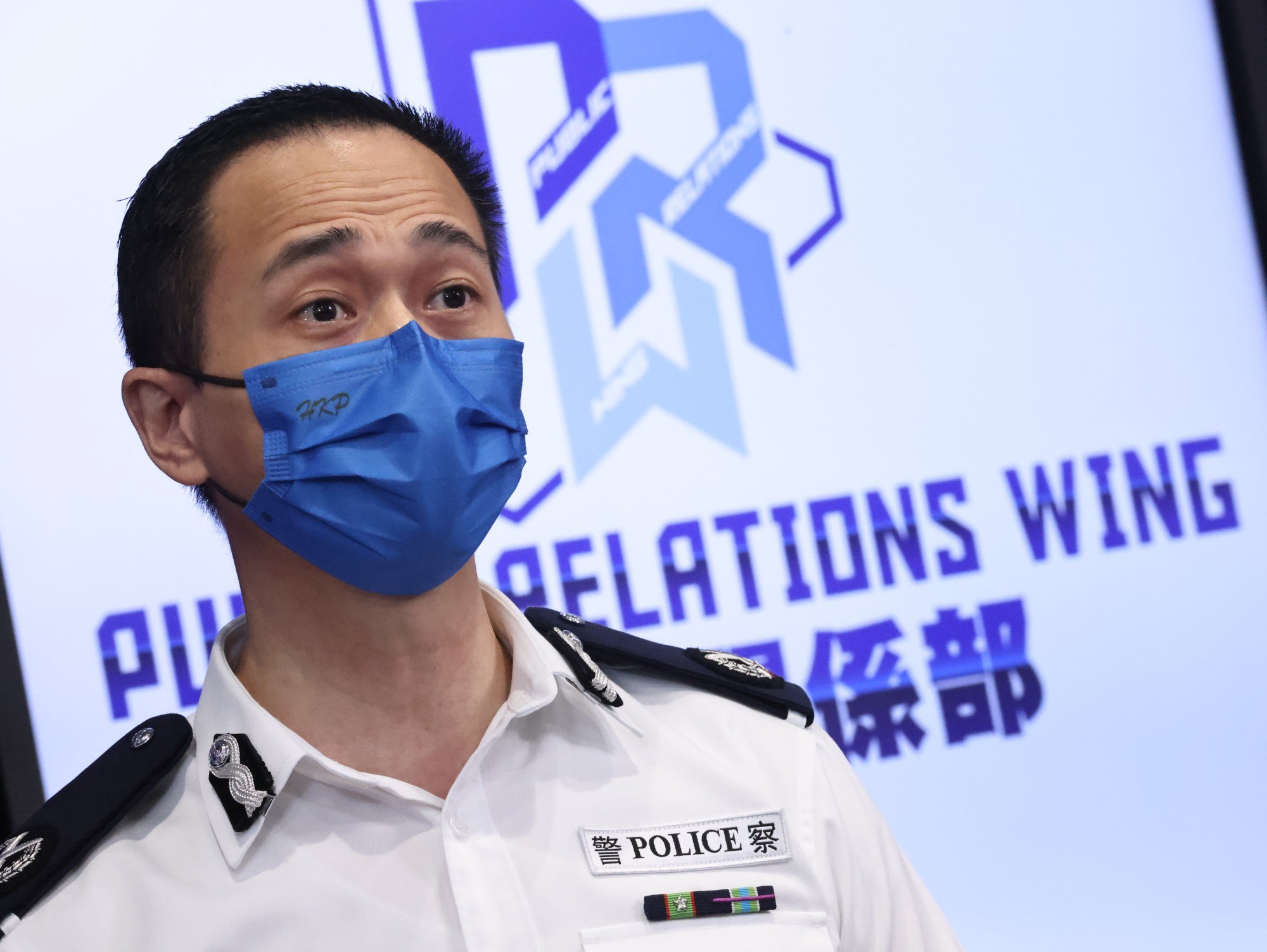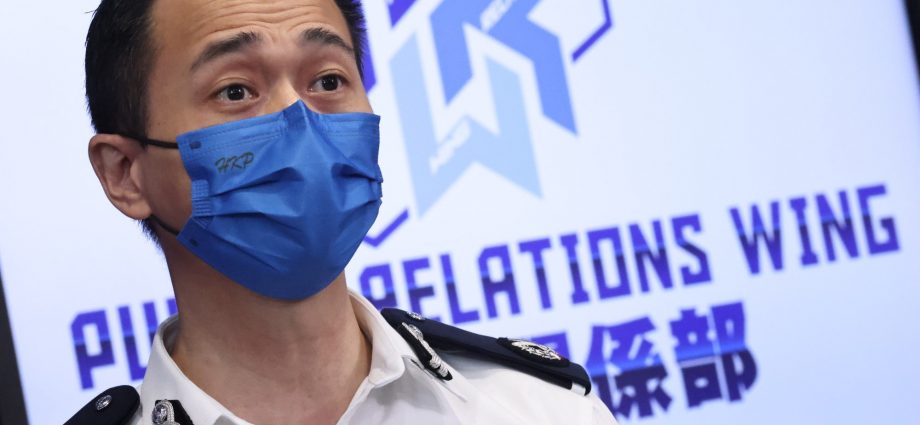Police in Hong Kong will use hi-tech methods to quash rumours and dispel misinformation about the force in a bid to forge better relationships with the public, the new head of its public relations arm has said.
Assistant Commissioner of Police Joe Chan Tung explained that one of the five main priorities of the new public relations wing was the identification of rumours as early as possible and to combat them with the help of a round-the-clock public opinion tracking system.
Chan, 49, said in his first media briefing last Friday that “fake news” and misinformation had contributed to a deterioration in relations between police and public.
He said the spreading of material designed to smear the force had flooded the Internet during the 2019 social unrest and that the activity had only died down after the national security law was passed in 2020 and arrests were made.
“Even one piece of fake news is too many,” he said. “If we don’t handle it in a timely, active and serious manner, it can have a serious impact on society and residents.”
The force has commissioned an outside company to monitor online information and compile details of activity related to the police. The system, which uses big data, was set up this year.
The public relations wing, said by police to be an upgraded service, replaced the public relations branch on July 15.
The wing has three bureaus, media liaison and support, community relations, alongside information and publicity. There are also eight subunits spread across the three.
Chan took over as head of the wing on Aug 7, with Chief Superintendent Karen Tsang Shuk-yin, 46, who oversees the three bureaus, as his second-in-command.
He said the revamped public relations effort showed how much importance the police attached to public relations.
“I will lead the new public relations wing to actively push forward our public relations strategies, and cope with the challenges brought by technological advances and changes in society,” he said.
Chan said the new wing would also commit itself to “telling good stories” about the police, the city and the country, as well as highlighting the force’s professionalism to win public confidence.
He explained it would also make better use of new media and technology to help get the force’s message across.
Chan said the wing would also work to form partnerships with media organisations as well as community representatives to build better relationships.
He did not rule out a resumption of talks with organisations such as the Hong Kong Journalists Association, which is under mounting pressure from the authorities.
But Chan insisted that any groups involved in discussions with the police would have to be law-abiding.

He said the wing would also carry out more activities in the community and schools, and use new technology, including augmented and virtual reality as well as elements of the metaverse to attract more participants, especially the young, in an attempt to instil values and a sense of national identity in them.
Tsang explained the community relations bureau had organised activities for members of the Junior Police Call programme, the force’s youth scheme, designed to teach youngsters more about the country, including flag-raising ceremonies and mainland Chinese-style “goose-step” parades.
She said the bureau planned to take youngsters to mainland cities in the Greater Bay Area when the border reopened and give them opportunities to take part in national events, such as volunteer work at sports competitions.
Chan praised the performance of his predecessors in the former public relations branch and said he was eager to bring his extensive experience in the force to the new role.
He became an assistant commissioner of police in 2020 and took charge of the security wing.
He was seconded to the Security Bureau from 2014 to 2016 and took over the force’s narcotics bureau after he was promoted to chief superintendent in 2018, before commanding the cybersecurity and technology crime bureau.
Chan joined the force in 1996 as an inspector. – South China Morning Post

